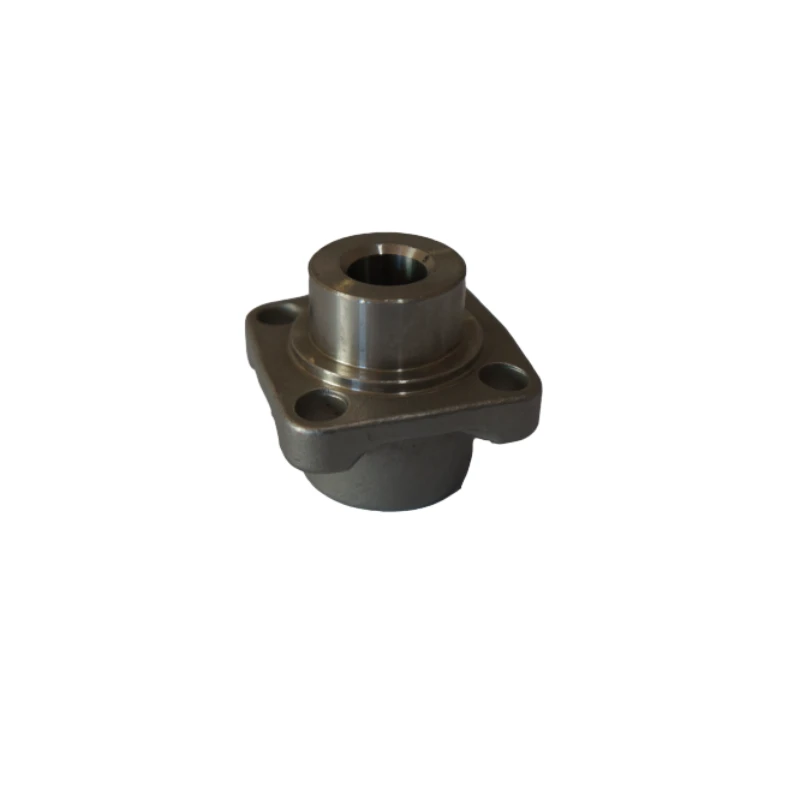automotive sheet metal stamping
The Evolution and Importance of Automotive Sheet Metal Stamping
In the automotive industry, sheet metal stamping is a significant manufacturing process that has revolutionized vehicle production. As automobiles have evolved, so too have the techniques, materials, and technologies associated with sheet metal stamping. This article explores the importance, processes, advancements, and future of automotive sheet metal stamping.
Understanding Sheet Metal Stamping
Sheet metal stamping is a manufacturing process that involves converting flat metal sheets into specific forms through cutting, bending, and shaping. This process is essential in producing various components of a vehicle, including body panels, frames, and structural supports. The primary materials used in automotive sheet metal stamping are steel, aluminum, and sometimes advanced composite materials, each selected based on strength, weight, and cost considerations.
Importance in Automotive Manufacturing
The significance of sheet metal stamping in automotive manufacturing cannot be overstated. This process contributes to the structural integrity and aesthetics of vehicles. Stamped components not only have to meet rigorous safety standards but also need to align with consumer expectations regarding design and performance. The ability to produce complex geometries and lightweight structures simultaneously is crucial in the industry, especially with the growing focus on fuel efficiency and sustainability.
Moreover, the speed and efficiency of the stamping process are vital. High-speed stamping can produce thousands of parts per hour, significantly contributing to mass production while minimizing costs. This efficiency allows manufacturers to keep up with increasing consumer demands and rising competition in the market.
Advances in Technology
The automotive industry has witnessed significant technological advancements in sheet metal stamping over the years. Automation and robotics have played a key role in enhancing productivity and precision. Advanced computer-aided design (CAD) and computer-aided manufacturing (CAM) technologies are now utilized to create intricate designs and optimize the stamping process.
The introduction of progressive dies, which allow multiple operations to be performed in a single stroke, has also increased efficiency. Additionally, innovations such as hydroforming and laser cutting have expanded the capabilities of traditional stamping processes, allowing for more complex shapes and reduced material waste.
automotive sheet metal stamping

Furthermore, the use of advanced high-strength steels (AHSS) has transformed the landscape of sheet metal stamping. These materials aid in reducing vehicle weight while maintaining strength and safety standards. Manufacturers are increasingly adopting AHSS in their designs to improve fuel economy and cater to stricter emissions regulations without compromising performance.
Challenges and Considerations
Despite its advantages, automotive sheet metal stamping faces several challenges. One primary concern is the inherent cost of tooling and equipment, which can be substantial. Companies must balance the need for high-quality production tools with budget constraints, especially as they strive to introduce new models and designs.
Additionally, variations in global supply chains and fluctuations in raw material costs can impact production schedules and overall profitability. Manufacturers must remain agile, adapting to new market conditions and trends while ensuring they maintain consistent quality and output levels.
Future Perspectives
Looking to the future, automotive sheet metal stamping will continue to evolve alongside the industry. The rise of electric vehicles (EVs) presents new opportunities and challenges. The design of EVs often necessitates different components and configurations, and the industry must adapt its stamping processes accordingly.
Sustainability is another critical factor influencing the future of sheet metal stamping. As manufacturers strive to reduce their carbon footprint, the recycling of metals, reduction of waste, and energy-efficient manufacturing processes will become increasingly important.
Conclusion
Automotive sheet metal stamping has been a cornerstone of vehicle manufacturing for decades, playing a crucial role in the functionality and aesthetics of modern automobiles. As technology advances and industry demands shift, manufacturers must embrace innovation, sustainability, and efficiency. The future of automotive sheet metal stamping promises exciting developments, ensuring that this essential process continues to support the evolution of the automotive industry.
-
Precision Sheet Metal Stamping Manufacturer | Fast & ReliableNewsAug.01,2025
-
OEM Sand Cast Pump Valve Fittings - Baoding Hairun Machinery And Equipment Trading Co., Ltd.NewsAug.01,2025
-
Custom OEM Impellers | High Efficiency & PrecisionNewsAug.01,2025
-
OEM Sand Cast Pump Valve Fittings - Baoding Hairun Machinery | Customization, Quality AssuranceNewsAug.01,2025
-
OEM Sand Cast Pump Valve Fittings - Baoding Hairun Machinery And Equipment Trading Co., Ltd.NewsAug.01,2025
-
OEM Sand Cast Pump Valve Fittings - Baoding Hairun Machinery And Equipment Trading Co., Ltd.NewsJul.31,2025















